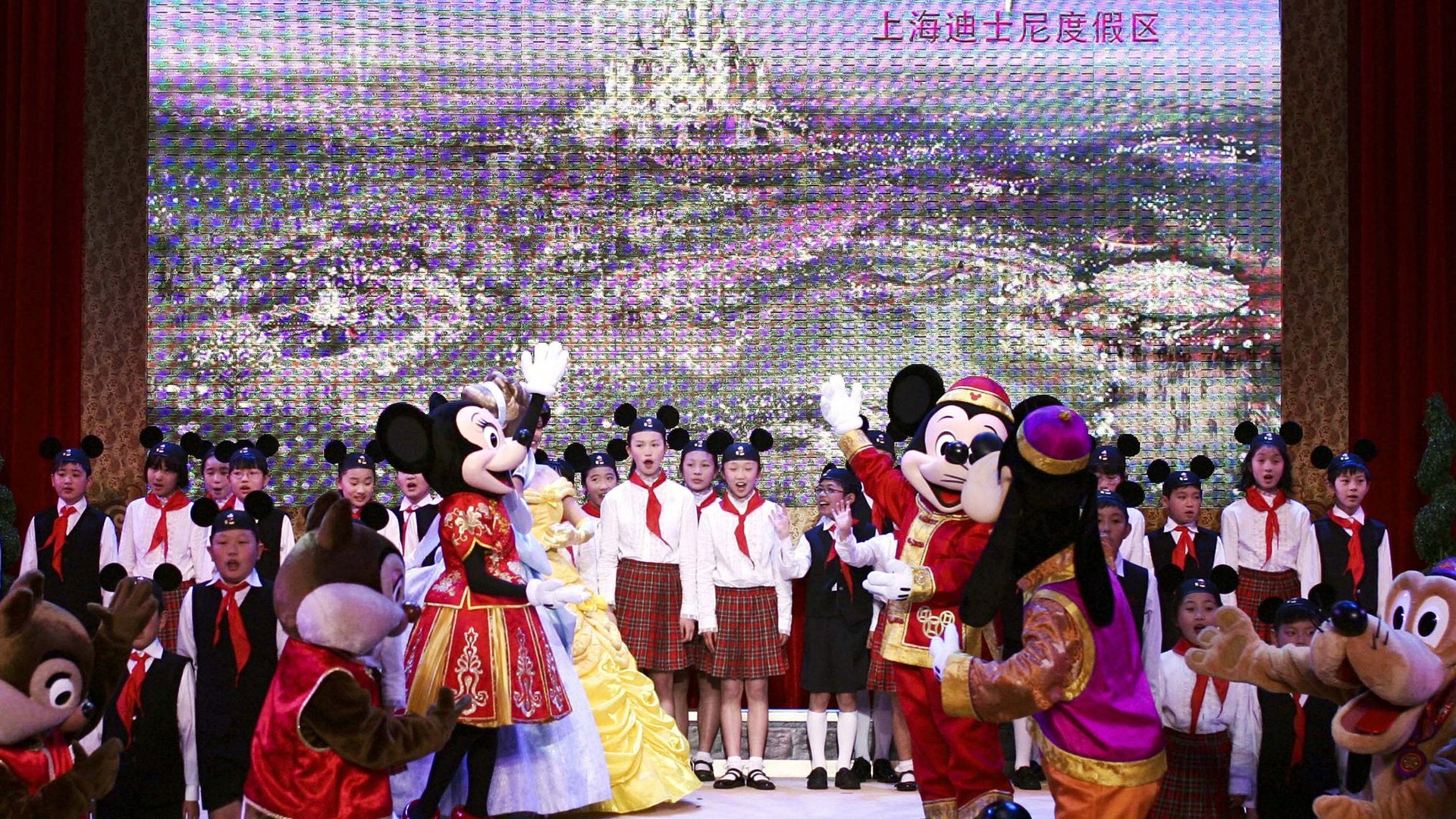Disney, Pampers and Walmart each walked into an emerging market—and learned the same lesson
How does a company break into an emerging market? The answer is simple: by understanding people. Ethnography research helps companies to develop empathy for who their customers really are and what they value. This approach applies equally to soccer moms in the American Midwest and hipsters in Shanghai.


How does a company break into an emerging market? The answer is simple: by understanding people. Ethnography research helps companies to develop empathy for who their customers really are and what they value. This approach applies equally to soccer moms in the American Midwest and hipsters in Shanghai.
However, that approach isn’t enough. Just as important is an assessment of how well these customers understand the company. Some multinationals get so caught up in trying to learn what makes the locals tick that they overlook the fact that these consumers are trying to figure out how—or even if—their brand, product, or service can fit into their lives. It is only when considering both sides of the “empathy equation” can a company make determine how to proceed.
Disney in China
Disney, for example, had difficulty expanding in China for years. Most of its core products in America—DVDs and toys— are easy to counterfeit in China, making it difficult to get premium pricing. Once Disney accepted that reality, it was able to open up to a new revenue opportunity. With only one child to pin their aspirations to, mothers in China put far more importance on education than entertainment. Using this insight, the company leveraged its brand credibility to create English-learning centers for children. Disney English has been a huge success—growing from 10 centers two years ago to nearly 50 now, and with more plans to expand. While Disney may not have been first to market with the idea, it avoided a fool’s play by shifting its resources to opportunity that created meaningful value to consumers.
Walmart in Argentina
Similarly, Walmart learned the importance of empathy the hard way in Argentina. When it built its first stores there, the company used the blueprint it had successfully implemented in North America. But since Argentines shop daily rather than weekly, the narrow aisles were always crowded and the floors dirty, creating an unpleasant shopping experience. The misfire cost hundreds of millions of dollars in revenue against initial forecasts, putting the company in a hole quickly. The impetus to move fast is always present in business, but getting to market quickly is useless if that first start ultimately requires a second one.
P&G in China
The second half of the empathy equation—how well your customers understand how your company will benefit them—is just as important to a successful product launch.
When consumer products giant Procter & Gamble moved aggressively to introduce Pampers diapers into the fast-growing Chinese market, for example, it followed a proven strategy: take a product that sells well, reduce costs for consumers with lower household income, and translate ads into Mandarin. But traditionally, babies in China wore light and soft cloth diapers. When bulky American diapers were made with cheaper, harsh-feeling plastics, Chinese moms rejected them. P&G turned to my company to help re-launch Pampers in a way that would fit into Chinese moms’ lives. By conducting ethnographic research, we discovered that one problem with cloth diapers was that they led to babies waking up during the night. Pampers reintroduced a less bulky disposable diaper, communicating to moms that nights of uninterrupted sleep were important in early cognitive development. When moms understood how the product could benefit them, they embraced it, making Pampers the best-selling diaper in China, with plans to add up to a billion new customers within the next few years. In this case, taking the time to educate the customer was more important to creating value than getting the product out quickly.
Speed to market is important. Brands like Volkswagen and GE enjoy market leadership in China today because they got there decades ago. However speed alone, without empathy for consumers, didn’t help Pampers or Walmart in their first forays into emerging markets. And ultimately, developing empathy is a two-sided equation. Understanding consumers who are new to you is a powerful force, but it is only powerful when they understand you as well.